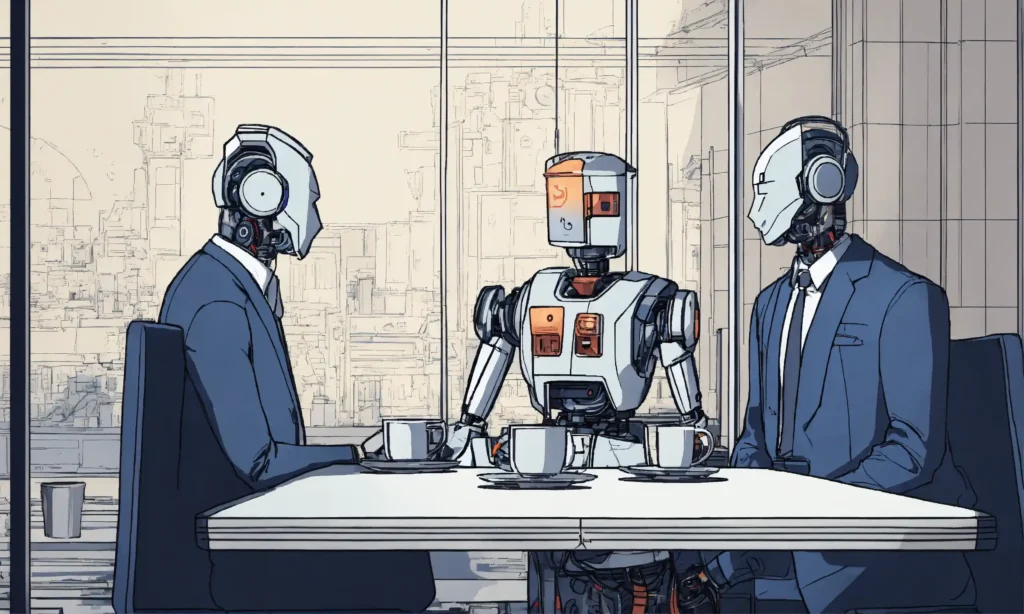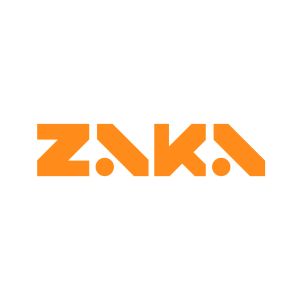Welcome back to our series on navigating the world of hiring in AI! I’m Jean-Pierre Fakhry, Lead AI Engineer at ZAKA, and I’m excited to continue this journey with you. In our previous blogs, we discussed how to secure internships and land jobs in NLP and LLMs across different career levels.
In this third blog, we’re shifting focus to Computer Vision roles. Whether you’re aiming for a Junior, Mid-level, or Senior position, understanding the nuances of each level is crucial for acing your interview. We’ll cover tips for finding a job in these fields, the differences in interview expectations, and how to tackle a use case scenario that can make or break your chances of getting hired.
Stay tuned as we continue to post blogs packed with actionable insights and career advice to help you succeed in AI!
The field of Computer Vision (CV) within Machine Learning (ML) has seen remarkable advancements, from image classification and object detection to facial recognition and autonomous driving. Whether you’re applying for a junior, mid-level, or senior position in Computer Vision, each role comes with distinct expectations, interview processes, and responsibilities. In this blog, we’ll offer tips for landing a job in the Computer Vision field, highlight common technical questions for each level, and provide a use case scenario to help you ace your interviews.
1. Understanding the Differences: Junior vs. Mid vs. Senior Roles
Junior Roles: Junior positions focus on entry-level tasks like data preprocessing, basic model training, and assisting in model evaluations. You’re expected to have a good understanding of fundamental computer vision techniques but will often work under senior engineers’ guidance.
Mid-Level Roles: Mid-level candidates are expected to handle projects more independently, working on end-to-end model building, optimization, and deployment tasks. You’ll be involved in more complex problem-solving and might lead smaller parts of larger projects.
Senior Roles: Senior positions demand deep expertise in CV. As a senior engineer, you’ll design entire CV systems, lead teams, and make architectural decisions for deploying large-scale models. You’ll also be responsible for optimizing performance and scalability, and providing mentorship to junior team members.
2. Common Interview Expectations at Each Level
a. Junior Level
- Technical Skills: Basic knowledge of DL and computer vision algorithms such as Convolutional Neural Networks (CNNs) and image processing techniques.
- Coding Challenges: Expect simple coding problems focused on tasks like image preprocessing or building basic models using libraries like OpenCV or Keras.
- Common Questions:
- Explain how a Convolutional Neural Network (CNN) works.
- What are some common image augmentation techniques, and why are they used?
- How do you handle overfitting in computer vision models?
b. Mid-Level
- Technical Skills: Deeper understanding of neural networks, transfer learning, and experience with libraries like TensorFlow or PyTorch.
- Coding Challenges: More complex algorithm implementation, such as object detection or classification tasks.
- Common Questions:
- How would you fine-tune a pre-trained CNN for a specific task?
- Explain the difference between object detection and image segmentation.
- What techniques would you use to improve model performance on a noisy dataset?
c. Senior Level
- Technical Skills: Advanced knowledge of deploying large-scale CV systems, working with frameworks like YOLO, SSD, or Mask R-CNN, and experience in model optimization for production.
- Coding Challenges: Complex algorithmic challenges, model design, and strategic discussions about scaling models for production.
- Common Questions:
- How would you design an image classification pipeline for millions of users?
- What strategies would you use to optimize inference time in a real-time CV system?
- How do you balance accuracy and computational cost when deploying computer vision models in production?

3. Tackling the Use Case Scenario: A Practical Example
A common part of the interview process is solving a use case scenario. Here’s a use case that might come up in CV interviews for candidates at different levels:
Scenario: Building an Object Detection System for Autonomous Vehicles
You are tasked with developing an object detection system for an autonomous vehicle. The system needs to accurately detect and classify objects such as pedestrians, vehicles, and obstacles in real time to ensure safe navigation.
For Junior Candidates:
- Understanding the Problem: Start by outlining the problem and its importance in the context of autonomous driving.
- Basic Approach: Suggest using a pre-trained object detection model such as YOLO or SSD for initial trials.
- Data Preprocessing: Talk about how you would clean and preprocess image data, ensuring consistent quality and handling issues like image scaling and normalization.
- Evaluation Metrics: Discuss basic metrics like precision, recall, and intersection-over-union (IoU) to evaluate model performance.
For Mid-Level Candidates:
- Understanding the Problem: Dive deeper into real-time performance, mentioning the importance of fast inference for safety-critical systems like autonomous vehicles.
- Model Selection: Propose fine-tuning a pre-trained object detection model using a custom dataset that contains images from driving environments.
- Handling Edge Cases: Talk about detecting small or partially visible objects, using techniques like multi-scale detection or data augmentation.
- Evaluation Metrics: Include more advanced metrics such as mean Average Precision (mAP) and frame per second (FPS) for real-time performance evaluation.
For Senior Candidates:
- Understanding the Problem: Explain how the object detection system can be designed for large-scale deployment across multiple vehicle platforms, focusing on the need for robustness and scalability.
- System Design: Propose a distributed, edge-computing solution where object detection happens on local devices (e.g., embedded systems within the vehicle) while high-level decision-making is handled in the cloud.
- Advanced Techniques: Discuss using techniques like model quantization or pruning to optimize model inference time, and explain how you’d handle model retraining using edge data.
- Evaluation and Monitoring: Describe how you’d monitor the system in real time, using feedback loops from the vehicle’s sensors to continuously improve the model and ensure its accuracy in diverse environments.
4. Interview Tips to Ace the Job
- Tailor Your Preparation: For junior roles, focus on building a strong foundation in CNNs and basic image processing. For mid-level roles, expect to tackle more complex model fine-tuning and optimization tasks. For senior roles, be prepared to discuss system-level design and scalability challenges.
- Demonstrate Practical Knowledge: Show that you understand the real-world application of CV techniques, especially when solving use case problems. Highlight your ability to balance technical excellence with the constraints of deployment environments.
- Stay Updated on Trends: Computer Vision is a fast-evolving field, with new techniques and tools emerging regularly. Stay updated on the latest developments in transfer learning, real-time detection algorithms, and deployment frameworks.
- Communicate Clearly: Explain your thought process and approach to each problem during the interview. Clear communication is as important as technical skills, especially in senior roles where leadership is a key responsibility.
Conclusion
Landing a job in Computer Vision requires a balance of technical know-how and problem-solving abilities. Whether you’re applying for a junior, mid-level, or senior position, understanding the differences in expectations at each level and preparing accordingly will help you succeed. Mastering use case scenarios and articulating your solutions effectively can set you apart from other candidates.
As the demand for computer vision talent continues to grow, stay tuned for future blogs in this series, where we’ll dive into more career-building strategies and advanced topics in the AI field.


